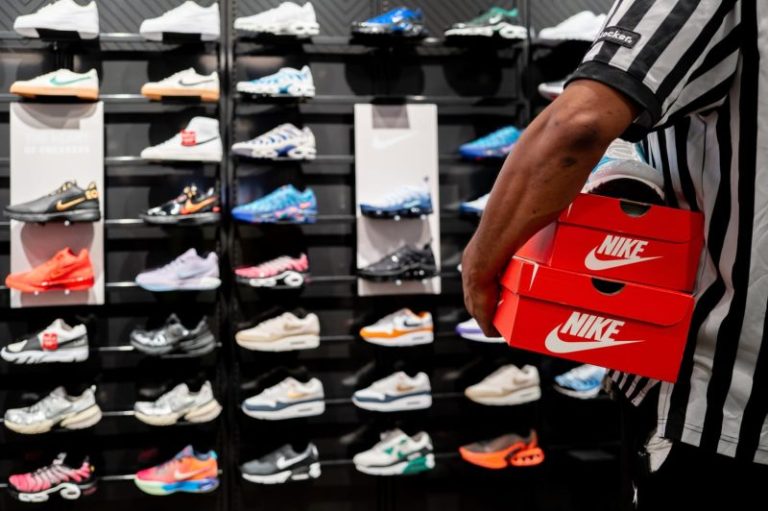Foot Locker: A Comeback Story After Parting Ways with Nike
The relationship between Foot Locker and Nike, one of the largest athletic shoe and apparel brands in the world, was once a dominant force in the retail industry. However, in recent years, the dynamics between the two companies shifted as Nike began focusing more on direct-to-consumer sales, leading to Foot Locker’s decision to diversify its product offerings and revamp its strategy to stay competitive in the evolving retail landscape.
One key aspect of Foot Locker’s comeback strategy has been its partnerships with other athletic brands such as Adidas, Puma, and New Balance. By expanding its product assortment to include a wider range of brands, Foot Locker has been able to attract a broader customer base and differentiate itself from competitors who primarily focus on selling Nike products. This move has also allowed Foot Locker to offer more diverse styles and options to its customers, catering to a wider spectrum of tastes and preferences.
In addition to diversifying its brand offerings, Foot Locker has also been investing in technology and innovation to enhance the overall shopping experience for its customers. The company launched its ‘Power’ store concept, which integrates technology such as interactive kiosks and digital displays to create a more engaging and personalized shopping experience. By leveraging technology, Foot Locker aims to bridge the gap between the physical and digital retail worlds, catering to the preferences of a younger, tech-savvy consumer base.
Furthermore, Foot Locker has been actively expanding its presence in international markets, capitalizing on the growing demand for athletic footwear and apparel worldwide. The company has opened new stores in key markets such as Asia and Europe, adapting its product offerings and marketing strategies to suit the preferences of local consumers. By establishing a global footprint, Foot Locker is not only diversifying its revenue streams but also positioning itself for long-term growth in an increasingly interconnected world.
Another crucial aspect of Foot Locker’s revival has been its focus on enhancing its digital capabilities and e-commerce platform. In the age of online shopping, Foot Locker recognized the importance of having a strong online presence to cater to the growing number of consumers who prefer to shop online. The company has invested in improving its website and mobile app, offering a seamless online shopping experience with features such as easy navigation, personalized recommendations, and fast shipping options. By bolstering its digital offerings, Foot Locker has successfully adapted to changing consumer behaviors and strengthened its position in the e-commerce space.
In summary, Foot Locker’s comeback story after parting ways with Nike is a testament to the company’s resilience and strategic adaptability in a rapidly changing retail landscape. By diversifying its brand offerings, investing in technology and innovation, expanding internationally, and enhancing its digital capabilities, Foot Locker has successfully repositioned itself for growth and longevity. As the retail industry continues to evolve, Foot Locker’s strategic moves serve as a blueprint for other companies looking to thrive in an increasingly competitive and challenging market environment.



